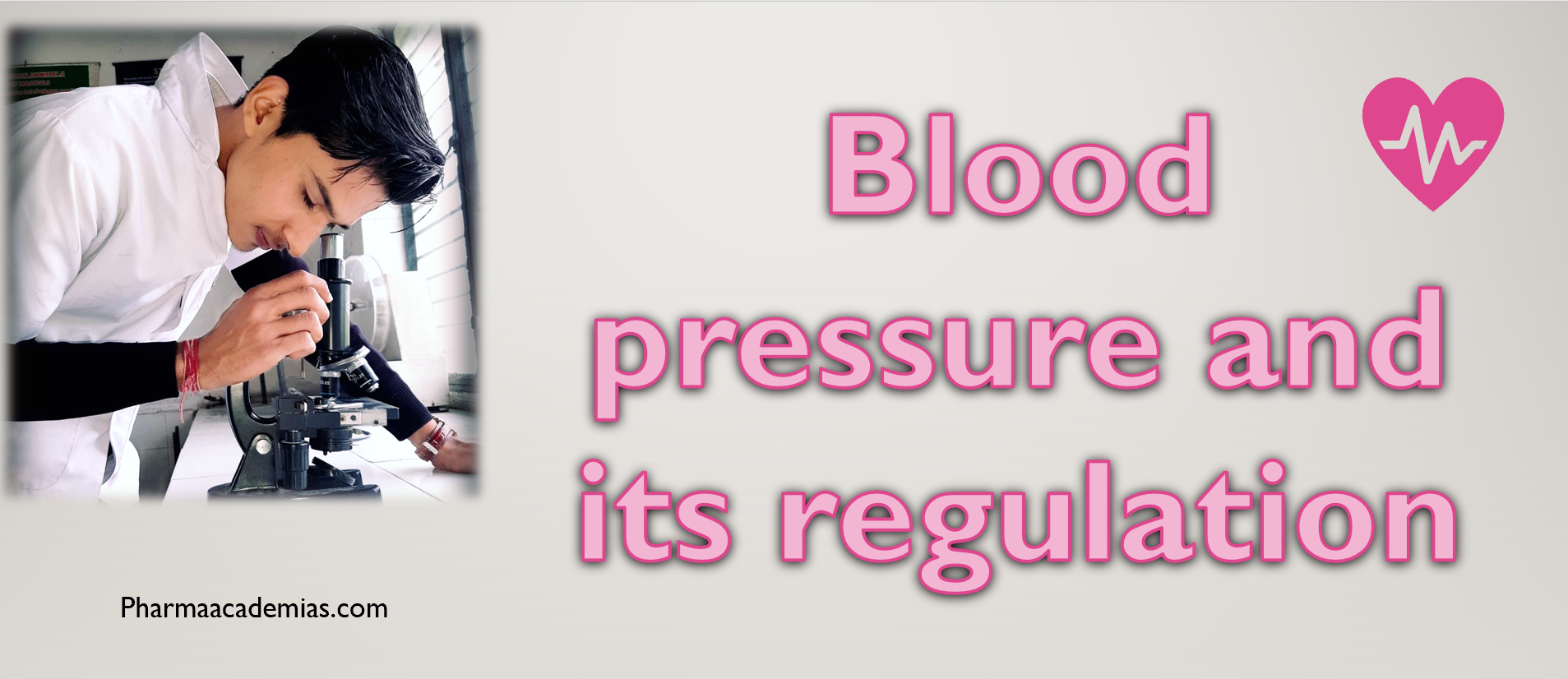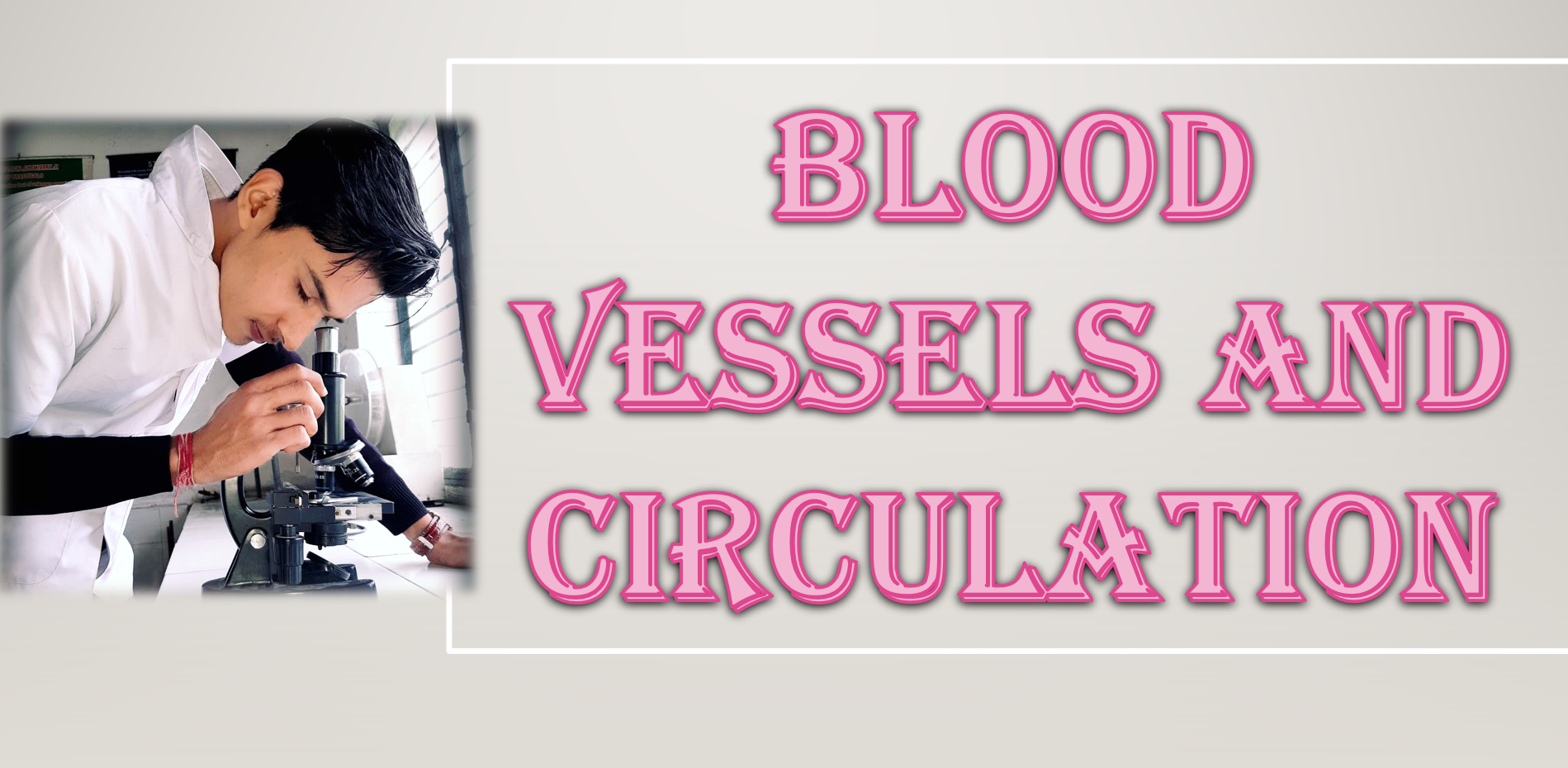Small intestine
The small intestine is a long, narrow, tube-like organ that is part of the gastrointestinal tract. It follows the stomach and connects to the large intestine. The primary function of the small intestine is the digestion and absorption of nutrients from the food we eat. Structure of the Small Intestine: The small intestine is divided … Read more










